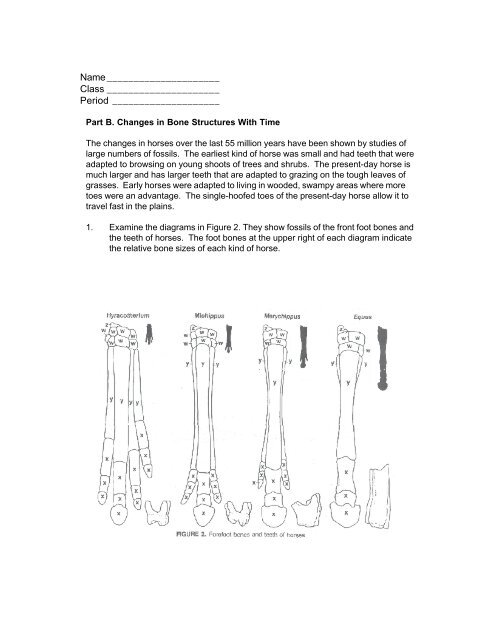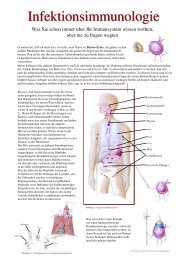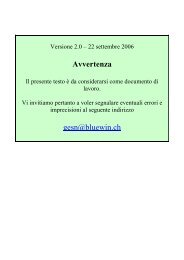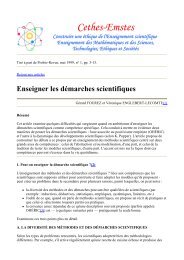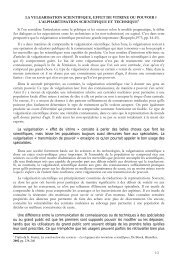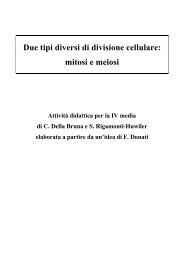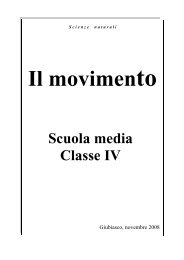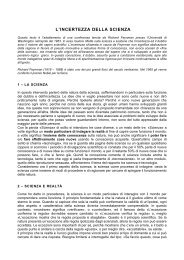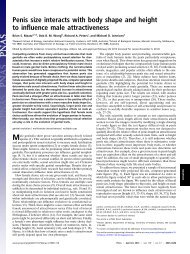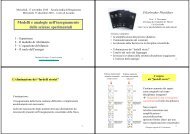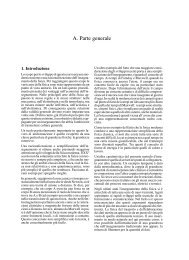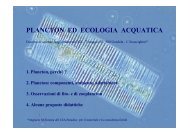Canon Paleontology Curriculum Unit 3
Canon Paleontology Curriculum Unit 3
Canon Paleontology Curriculum Unit 3
Create successful ePaper yourself
Turn your PDF publications into a flip-book with our unique Google optimized e-Paper software.
Name _____________________<br />
Class _____________________<br />
Period ____________________<br />
Part B. Changes in Bone Structures With Time<br />
The changes in horses over the last 55 million years have been shown by studies of<br />
large numbers of fossils. The earliest kind of horse was small and had teeth that were<br />
adapted to browsing on young shoots of trees and shrubs. The present-day horse is<br />
much larger and has larger teeth that are adapted to grazing on the tough leaves of<br />
grasses. Early horses were adapted to living in wooded, swampy areas where more<br />
toes were an advantage. The single-hoofed toes of the present-day horse allow it to<br />
travel fast in the plains.<br />
1. Examine the diagrams in Figure 2. They show fossils of the front foot bones and<br />
the teeth of horses. The foot bones at the upper right of each diagram indicate<br />
the relative bone sizes of each kind of horse.


